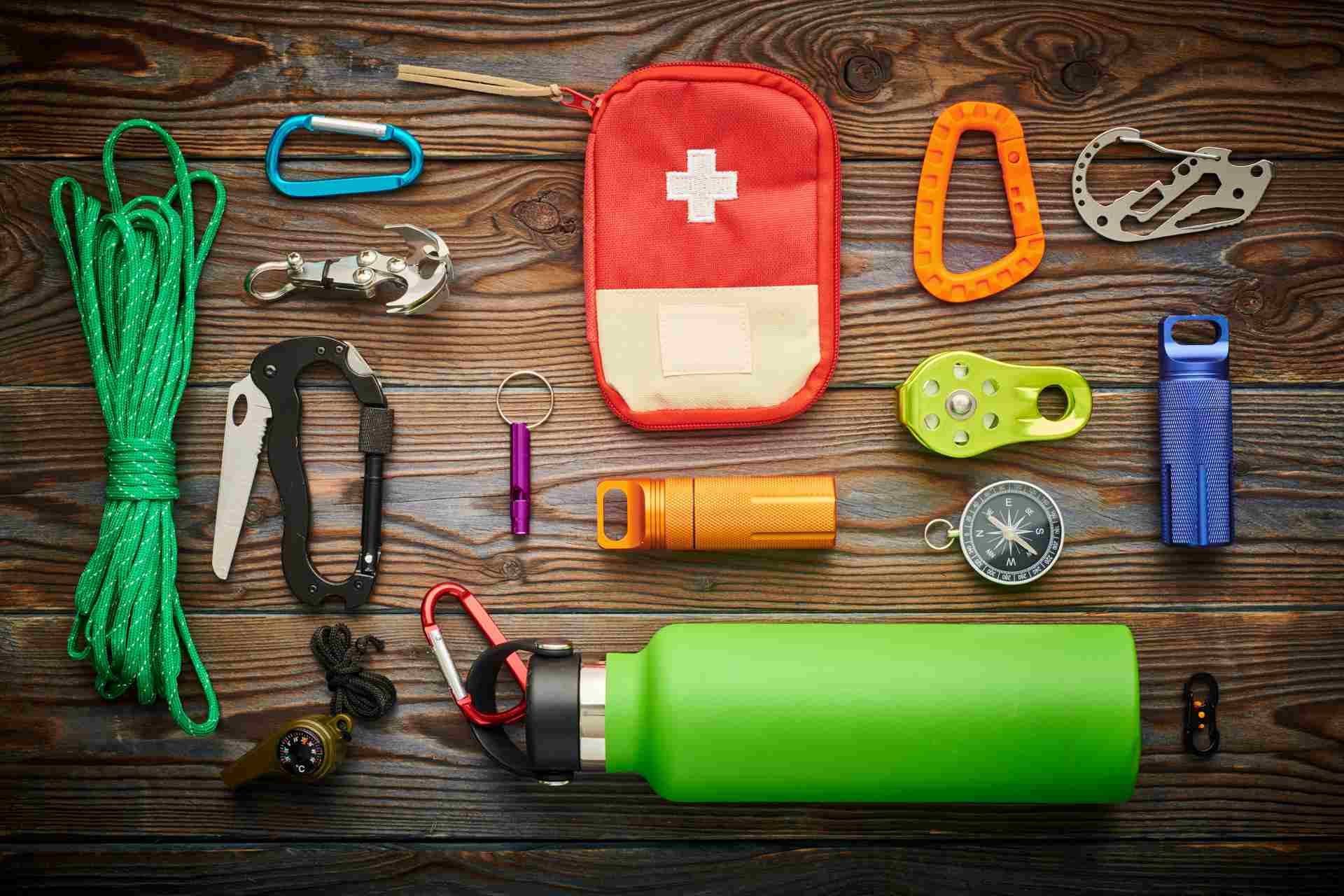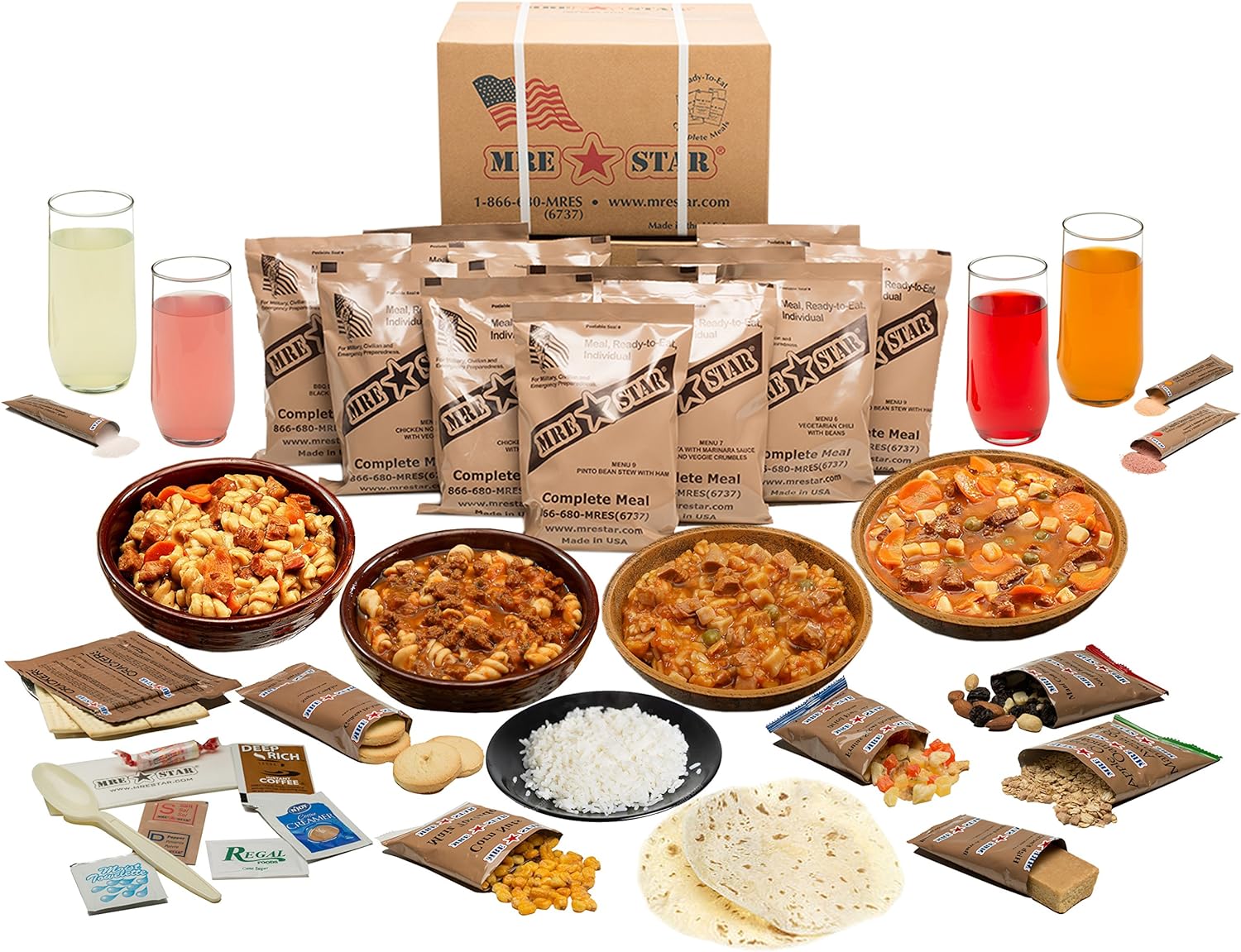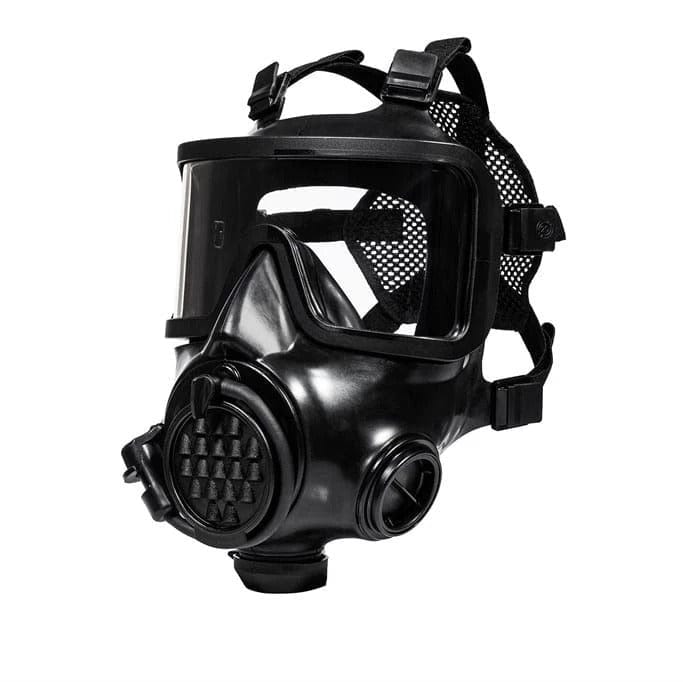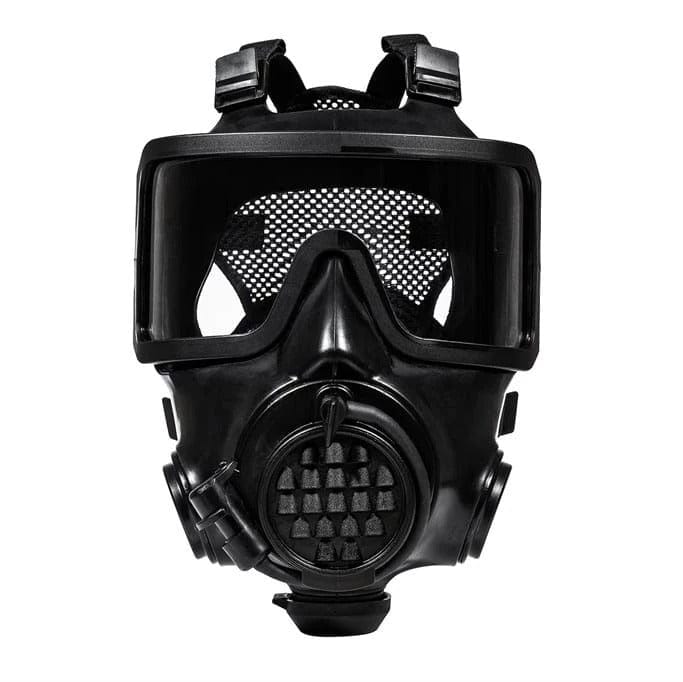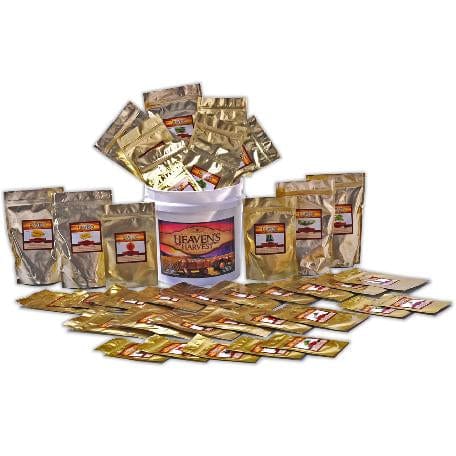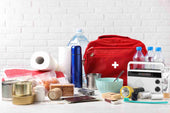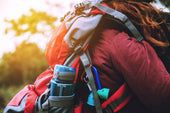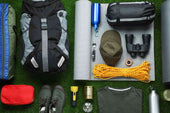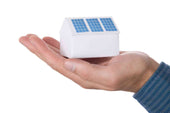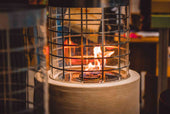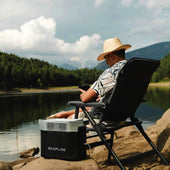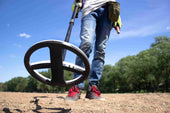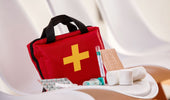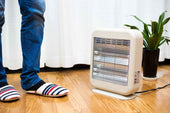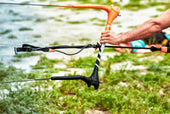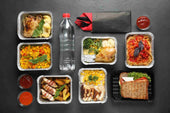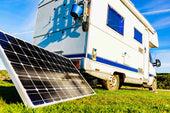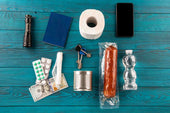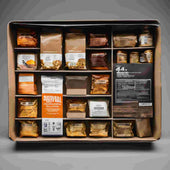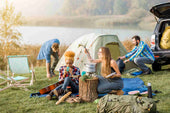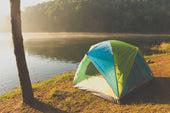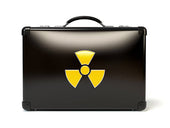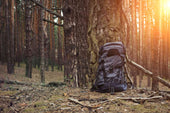A get-home bag backpack is essential survival gear for anyone who travels and spends most of their time away from home. It comprises the equipment and tools needed to return home quickly and safely.
However, the quantity of the contents of the get-home bag backpack depends upon the kind of emergency you should prepare and the distance of your home from the road or the wilderness.
Accidents happen on the road; sometimes, they might get us stranded for more than 24 hours.
Thus, the get-home bag backpack will equip you with everything necessary to survive the scenario.
The Purpose of a Get Home Bag

A get-home bag doesn't need much. Everything on your list should help you get from anywhere to your home when a disaster strikes. You might be forced to leave a place for many reasons, and this list is only a couple.
These are a portion of the things that could make you need to use your get-home bag:
- Pandemic
- Financial Collapse
- Civil Unrest
- Natural Disasters
- Foreign Military Occupation
- Martial Law
- Terrorist Attack
- Cyber Attack
- Food Shortages
- Water Shortages
Since the idea of a Get-Home Bag is always to have it close to you when you are away from home, you can't choose a backpack that is so large and awkward that it attracts attention.
Individuals will consider what you're up to if you carry around an expedition pack in an office setting.
As a prepper, you can likewise have mild to extreme social outcomes relying upon the common culture and cultural standards where you reside.
An ideal Get Home Bag should preferably be:
-
Be small and lightweight (keep in mind, this is not a standard bug-out bag); if possible, it shouldn't weigh more than 20 lbs (that is 9 kgs), even less in case we're discussing children's get-home bags
-
Blend in with the environmental factors, workplace, how you dress, and so forth
-
Should likewise fit a portion of your everyday things (or else people will ask why you carry it around with you and never open it)
In this article, we will discuss the content list of a get-home bag backpack. The get-home bag backpack is categorized into three groups that depend on the time you need the items.
Check it out below:
Three Levels of the Get Home Bag Backpack
Level 1: Items that You Can Use for the First 3 Hours
If you can walk from the road to your home for three hours, then you will need these level 1 items such as:

Boots
You will need boots to survive long walks and harsh terrain. They must be lightweight, waterproof, and durable. For example, try the Timberland White Ledge Men's Waterproof Boot or the Under Armour Women's Valsetz RTS Military and Tactical Boot.
Cash
Cash is also included in the level 1 items of the get-home bag backpack. You need at least $500 because you never know what things you need to pay to survive and get home.
Clothes, Scarfs, and Bandanas
If trapped in the wilderness or on the road, you will need T-shirts, shorts, or undergarments for the first three hours. Changing your clothes to stay warm and survive unfavorable weather is best.
In addition to clothes, you'll also need a scarf or a bandana, like this UST Survival Bandana.
Compass and Map
A compass and a map can help you locate your way home safely. However, our GPS-enabled device might not work during emergencies due to battery issues.
Thus, it is crucial to always bring a compass and a map. You can now try this Sportneer Military Lensatic Sighting Compass or the SE Military Lensatic Compass!
Learn to read a map and a compass using the various resources available on the Internet today.
Duct Tape
Duct Tape is a must-have item in the 1st level of your get-home bag backpack! You can use this to repair shelters, cars, bags, etc. Furthermore, duct tape can be used as bandages or a tool to prevent blisters. Thus, grab this one roll of the Black Gorilla Tape for your backpack!
First Aid Kit
You must always have topical and oral medication with you, plus other items that can help treat burns, scratches, bruises, and others. Thus, equip yourself with a first aid kit from First Aid Only All-Purpose First-Aid Essentials Kit.
Food and Water
For the first three hours, you need to have food and water. Stock at least 1 liter of water, protein bars, biscuits, snack bars, and other calorie-packed and nutritious foods. Bring a stainless steel aluminum bottle to boil water over a fire in an emergency. Sometimes, you will need access to clean water. Thus, this water bottle can help you survive in the wild.
Insect Repellant
On the road or in the wild, you may encounter insects whose bites can harm your health. Thus, it is essential to always bring insect repellant with you. Grab this 3M Ultrathon insect repellant lotion to prevent itchy mosquito bites and skin redness anywhere!
Light Kit: Flashlight, Headlamp, Matches, or Lighter
Next, you need to have a light kit in your backpack. Grab some lighters, matches, headlamps, or flashlights. These can help you light the way, especially when it's dark, and they can also signal an emergency or help from afar. You can try the Hausbell Flashlight, Tesla Coil Lighters, or the LE Headlamp for your light kit.
Multi-tool
Apart from a light kit, having a pocket-sized multitool in your bag pack would be best. For example, the Gerber Dime Multi-Tool can help you cut your food, slice wood to build a fire, and protect yourself, especially when alone on the road or in the wild. The Gerber Multi-Tool consists of pliers, a wire cutter, tweezers, a bottle opener, a fine-edge blade, scissors, a file, and a cross-driver.
Rain Poncho
Of course, you don't want to get wet and suffer hypothermia as you get home from the road or the wild. Thus, always bring with you a rain poncho. Try this rain poncho from the Frogg Toggs. This is available in various colors. It is comprehensive, waterproof, and can be used as a shelter.
Safety Rated Sunglasses
In addition to clothes, scarves, and rain ponchos, safety sunglasses are the best way to protect your eyes from the sun's heat or debris. Try these pro-sport Yellow Sunglasses or Under Armour's polarized sunglasses.
Stun Gun
A stun gun comes in handy during disasters and emergencies. For example, try this Vipertek Stun Gun and defend yourself against the unexpected element in the wild! (Check out this article about more product reviews on Vipertek. Pepper Weapon: Vipertek VTS-989 Stun Gun Review)
Sunblock
Protect yourself from the sun's heat with a sunblock, such as Neutrogena Ultra Sheer Dry-Touch Sunscreen or Banana Boat Ultra Mist Sports Performance Broad Spectrum Sun Care Sunscreen Spray.
Waterproof Notepad
During disasters, you might need help taking photos and other information through your iPad or smartphone. Thus, it is crucial to always bring a waterproof notepad with you anywhere you go. You can grab this Aqua Note WaterProof NotePad and track landmarks, coordinates, and other information amidst disasters!
Work Gloves
Lastly, a work glove is needed in the Level 1 get-home bag backpack. This can protect you from bruises or scratches and your hands from weather conditions.
Level 2: Items that you need for the Next 12 Hours
If you are 12 hours away from home by foot, you must equip yourself with level 2 items on your get-home bag backpack. Here are some of it:

Blanket
You may spend the night outdoors. Thus, having a blanket to keep you warm during the cold night would be best. Blankets can also protect you from insects and other pests. You can try this Blanket Scarf Tartan Square Wrap in various designs and colors.
Extra clothes
Apart from a scarf or blanket, you must have extra clothes for the next 12 hours away from home. With the 2nd level of the get-home bag backpack, you need another shirt, underwear, pants/ shorts, socks, hats, or bandana. This will make you feel warm, avoid hypothermia, and survive the unpredictable weather.
Extra Food and Water
Bring some extra food and water with you. You must have some bread, biscuits, energy drinks, or sweets. You can pack MREs or Meals ready to eat in your backpack. MREs don't require cooking; you need to add water. Try these MREs from the Genuine US Military Surplus. For more information about MREs, check out this article: MRE (Meals Ready to Eat): Knowing its Composition, Nutritional Value, and Benefits to Us.
Garbage Bags
It would be best to have garbage bags for level 2 supplies. Garbage bags are multi-purpose and can keep your things dry even if it's raining. Thus, check out these Glad Odor Shield Trash bags now! A garbage bag would also organize your items and separate your trash.
Hygiene Kit
For 12 hours or more, you need a hygiene kit that consists of toilet paper, hand sanitizer, napkins (for women), alcohol, mouthwash, toothbrush, toothpaste, soap, comb, and other things. This will make you clean and prevent bacteria build-up, even on the road or in the wild. For women, you can check out Convenience Kits' Women's Garnier Fructis Travel Kit; for men, try the Premium Travel Kit!
Medication
If you are under medication, make sure to always bring with you your prescribed medicines because you can't afford to skip them. This is especially true for people with heart ailments, respiratory issues, cardiovascular problems, and others.
Portable Radio
For the next 12 hours, you need to gather news and update us regarding your situation. Thus, a battery-operated portable radio is a must-have! Apart from the radio, ensure you have spare batteries so the radio can work for more hours. You can try this Sony Radio now and 2 AA batteries at nearby stores.
Tarpaulin, Extra Poncho, or Shelter
Next, you must equip yourselves with a tarp, an extra rain poncho, or a shelter such as a tent. You will feel tired for the next 12 hours, so it would be best to nap. You can do this by placing a waterproof cover on the ground and sleeping with your bag and blanket. Check out these Grizzly Tarps for your level 2 get-home bag backpack now!
Water Filter
Access to water can be challenging during a disaster, so it is helpful to bring a portable water filter. One of the water filters available today is the LifeStraw Go Water Filter Bottle with 2-Stage Integrated Filter Straw for Hiking. These filters can be used directly on the water source, producing safe drinking water and flash contaminants. In addition to water filters, you can try the Potable Aqua Water Tablets to produce clean drinking water!
Level 3: Items that You Need for 48 Hours Away From Home
Level 3 is those items that you need to survive for more than 48 hours if you have yet to reach your home. These are the following:

Additional Food and Water
Additional food and water are needed to sustain other physical activities such as walking, gathering wood for a fire, etc. You need MREs, protein bars, snack bars, sweets, biscuits, and a water filter. You can buy protein bars such as the Quest Nutrition Protein Bar and Wise Food Company Food packets. These products have an extended expiration date, which is a must-try!
Advanced First Aid Kit
Prepare an advanced first aid kit that includes all oral and topical medications. It must also have a tourniquet, Potassium iodine tablets, and moleskin. You can check the Dixie EMS First Responder Fully Stocked Trauma first aid kit for your level 3 get-home bag out backpack.
Glowsticks
Glowsticks are highly recommended for long-term survival because, unlike flashlights, they require no batteries. Check out these Cyalume Green Glow Sticks now! They are available in 10 packs, 20 packs, or 30 packs. They are also available in green, and each stick can last up to 12 hours!
Knife
A knife is essential to a long-term survival plan because this will help you chop off wood, repair your sleeping area, gather food, look for water, and others. As such, you can try the Tac Force Assisted Opening Rescue EMS EMT Tactical Pocket Folding now!
Sleeping Bag
A sleeping bag can save your life, especially during cold nights in the wild. It can keep your body warm and help you fight hypothermia. Thus, grab this Abco Tech Sleeping bag now! You can bring this product anywhere since it is lightweight, portable, and waterproof.
Walking Sticks
Lastly, walking sticks must be included in your get-home bag backpack items because they can help relieve the pressure on your knees caused by long hours of walking. Try the BAFX Products—2 Pack—Anti-Shock Hiking / Walking / Trekking Trail Poles! This product is available in black, blue, and silver. It is made of aluminum and lightweight, so you can bring it anywhere!
What if you run out of space in your Get Home Bag?
Your extra jeans packed inside your Get Home Bag can be transformed into additional storage compartments. You must carry a paracord or string in your pack to do this.
The best way to carry many paracords effortlessly is to get a paracord survival bracelet. To add storage to your get-home bag, spread your jeans out flat and tie the lower part of each pant leg with string afterward.
Then, to make room in your backpack, take off your clothing items— as clothing would be best for packing inside your jeans — and stuff down into every leg hole.
Lastly, run more string through the belt loops at the highest point of your jeans "bag," tighten it, and tie a good knot. It won't look pretty yet, but you just made an optional bag for carrying supplies. Bind it to the top of your backpack to hang off the back.
What to Add to Your Get Home Bag List for Multi-day Travel
If you live more than 25 miles from your work, you should prepare for extra days of travel. If you live 25 – 50 miles from work, you should be fine with adding some more food and ensuring that you have some way to filter water.
Those who live 50+ miles from work should search for more creative ways of making the trip and placing a folding bicycle in your trunk if you need to return home under your power.
Where to store your Get Home Bag?
Storing the Get Home Bag might be a pain for some who lean towards a backpack. While thinking about this issue, know that the purpose of getting a GHB is to be with you more often than not.
The essential thing to consider is your transportation medium. If you frequently travel in your engine vehicle, consider placing your GHB in the car's storage compartment.
Nonetheless, this would work, provided you are easily accessible to your vehicle. This storage method might apply to taxi, Uber, or Lyft drivers; however, it may not significantly impact most people.
Another option might be to store your GHB in your office/school storage or a public locker. If you pay attention during your drive, you should be able to find an appropriate storage location. Otherwise, the most practical way is to take yours with you. The danger of theft is undoubtedly greater.
Conclusion

Packing a get-home bag backpack and completing the abovementioned items could be very challenging.
Start slowly; ultimately, you can build the habit of bringing your survival backpack anywhere. Always consider the weight of the bag you can carry so you won't experience body aches soon.
When packing your get-home bag list, ensure you have what you need. Do not blindly follow a list from anyone. Consider each item before you add it, and ensure it has a specific purpose.
Teach your friends and relatives the concept of a to-get-home bag backpack, and you won't get worried about them being stranded on the road or in the wild anymore.

